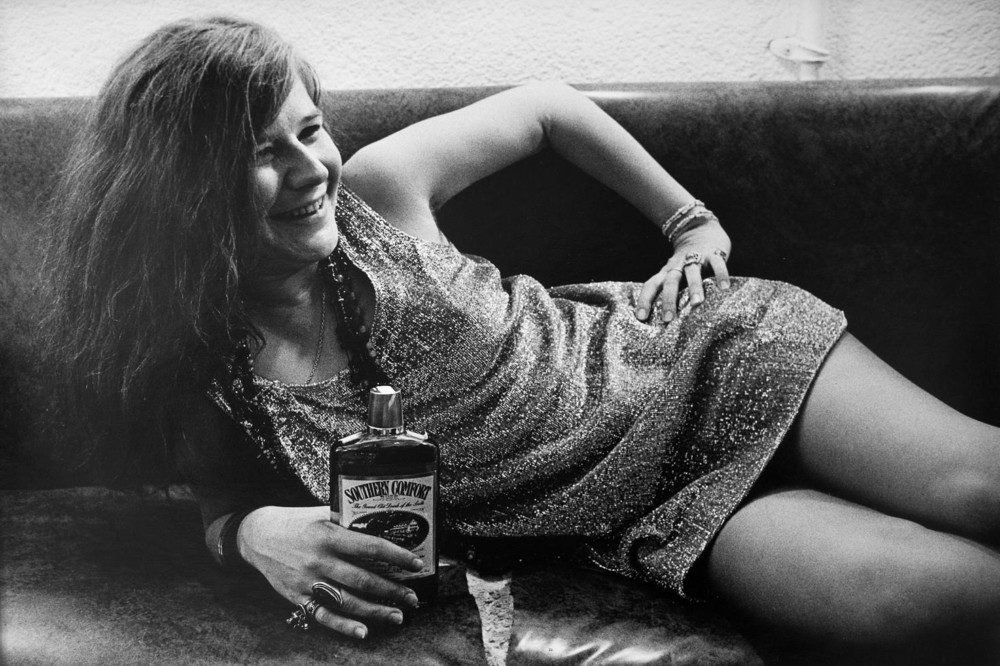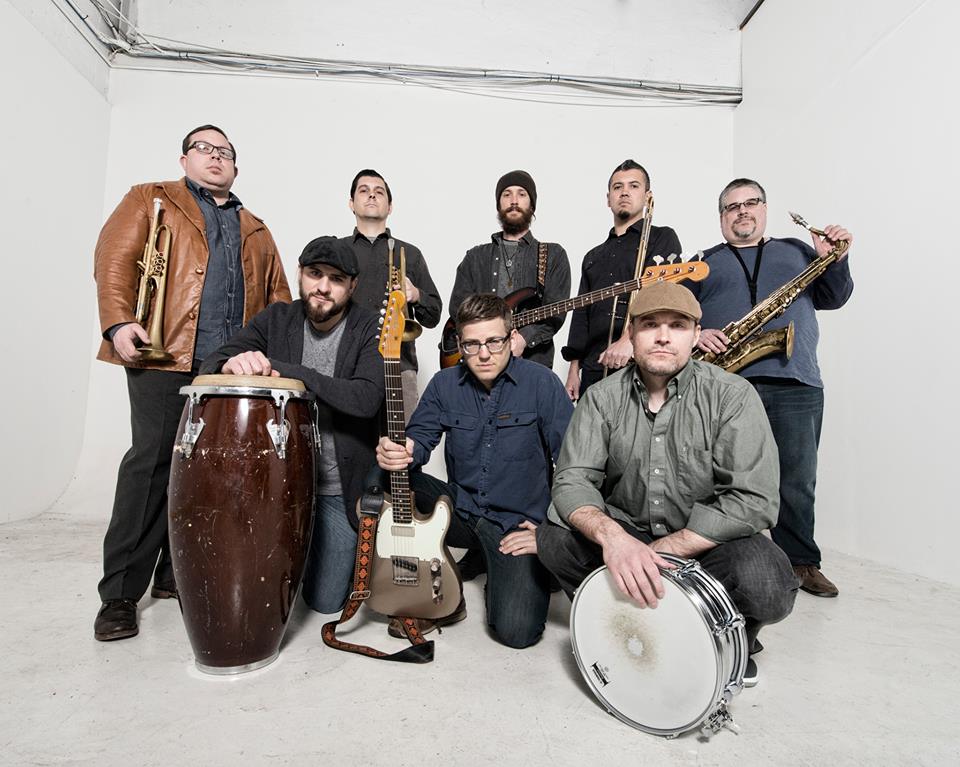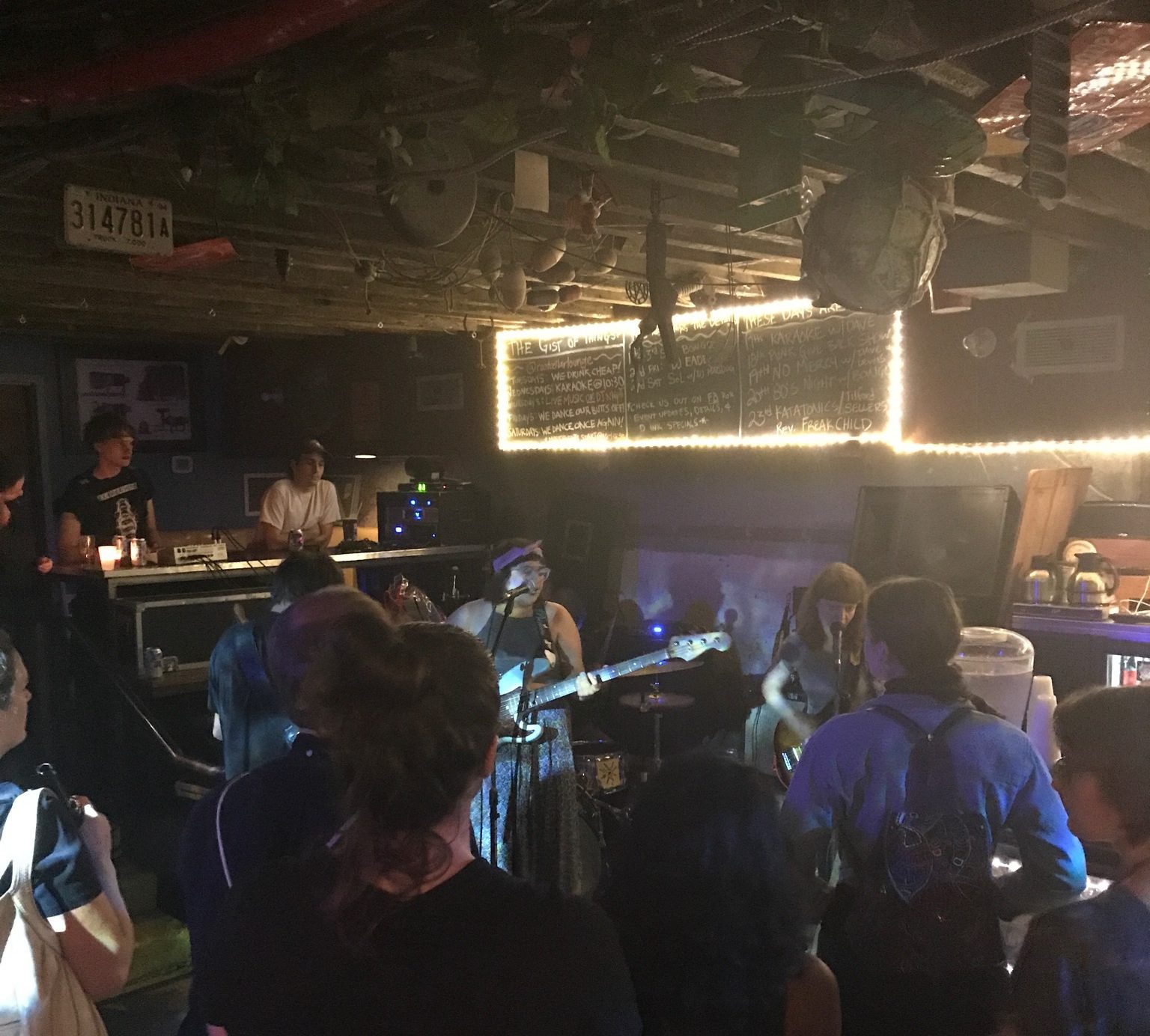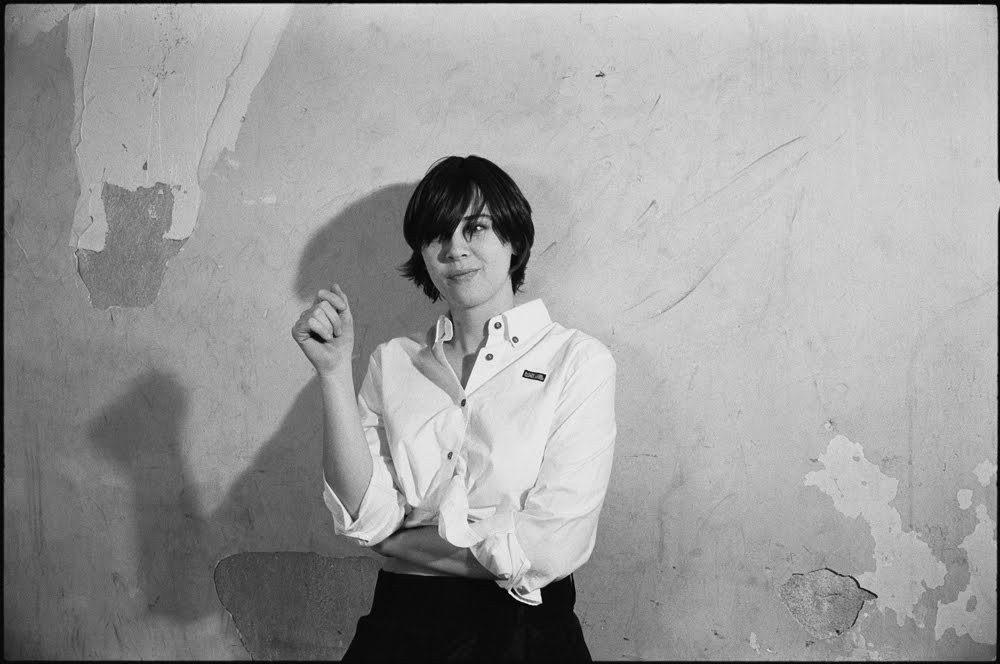
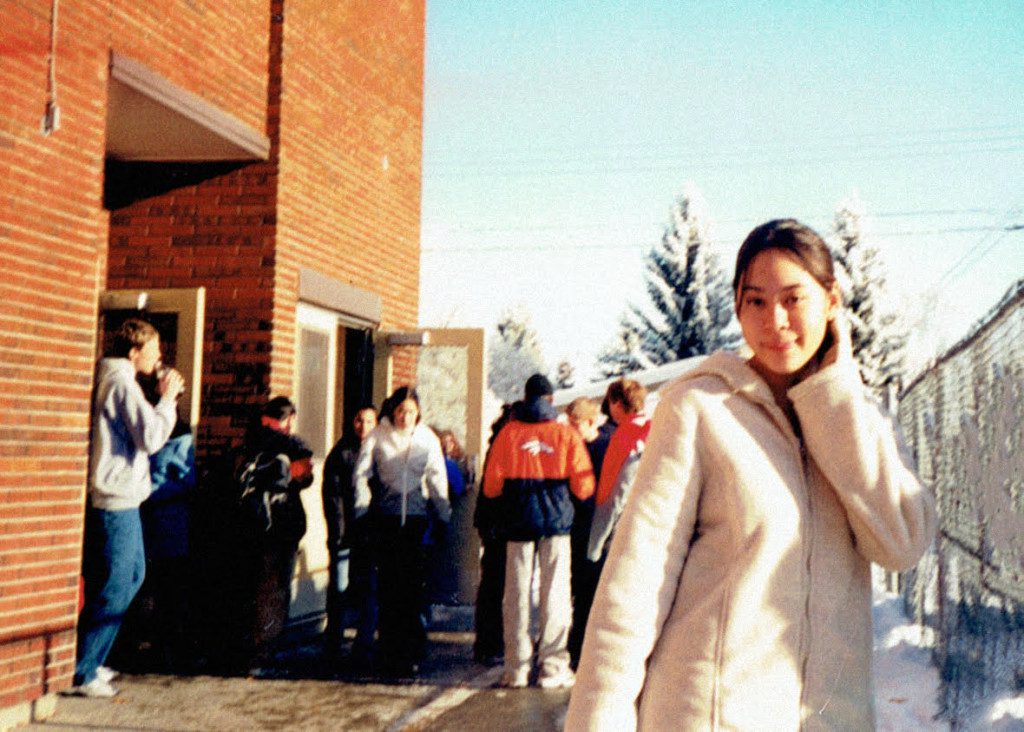
ONLY NOISE explores music fandom with poignant personal essays that examine the ways we’re shaped by our chosen soundtrack. This week, Steph Wong Ken forges her own community in a frozen Canadian landscape via Cat Power’s unparalleled howl.
I was 15 years old, standing in a music store with vaulted ceilings and white pillars, a former bank turned A&B Sound. My family and I had recently moved from a palm tree-lined street in Florida to a snowy Canadian city surrounded by farmland and flat, open sky. This place is safer than Miami Beach, my parents insisted, and with its sprawling residential neighborhoods, it was, but it was also very quiet and very white. Growing up with a Chinese mother and a Jamaican father, my neighborhood in Miami Beach felt like home, with Jewish, Latino, and Black families living together on one street in discordant harmony. Though I didn’t know many biracial kids in my area or at school, living in that neighborhood made my background feel normal, an important but uneventful fact of life.
The culture shock of moving was physical (puffy coats over Halloween costumes, hockey, face plants on ice), but it was also deeply emotional for a mixed-up teenage girl like me. I wandered around my new high school like a disembodied head and experienced nose bleeds regularly, probably because Western Canada is dry, but at the time, I thought it meant my body was just as freaked out as my brain was. I loitered in the music store down the street from the bus stop to stay warm and found myself in the indie rock section, staring at Cat Power’s album. The cover showed two female faces cut and pasted together with eyes that looked dead, an image that scared me and also made me want to spend $15 so I could take it home to look at it more closely. And the title, What Would the Community Think: a kind of kiss off and a serious question, a title that encapsulated the ambivalence of an outsider who still cared about other people’s feelings.
When What Would the Community Think was released in 1996 on Matador Records, the era of late ’90s alternative rock was also emerging: a steady loop of Stone Temple Pilots, the Red Hot Chili Peppers, Bush, Sublime, Soundgarden, and “One Headlight.” This club of moody dudes with gritty vocals and reverb guitar solos felt beamed in from another planet, somewhere far away from me, and my musical tastes gravitated to the records of my parents – Bob Marley, Aretha Franklin, Marvin Gaye. By the time I found Cat Power in the early 2000s, late ’90s alt rock reverb had been replaced with ultra-masculine nu metal, and her music felt all the more timeless, sealed in a jewel case like a balm. Her vocal styling, her signature rasp, and the rough texture of her recordings seemed like another, more intimate way to explore pain and loneliness.
From then on, Chan Marshall’s voice filled my bedroom, singing in a low voice about being trapped “in a hole,” asking me to come down with her. Some days, I interpreted the hole as a safe place, a spot you dug with your own two hands in the ground to rest. Others, when I walked around empty neighborhoods hooded in ice listening to the album on my Discman, the hole was black and all consuming. The sharper edges of a song like “In This Hole” revealed themselves and I believed Marshall was snarling at a tidy, clean existence right along with me, as though we both knew that something was not right here. Her voice communicated sadness and anger, but it was also exciting to listen to, shifting easily from sweet sentiments like “you’re so beautiful” to the bitter wail of “I can try, try.” Here was someone not afraid to howl about there being no one, about wanting someone, and about finding catharsis in a dark, cold place, with a tinge of possibility. The album cemented my lifelong devotion to Cat Power, but it also helped me gain a sense of control, despite chronic nose bleeds and a budding identity crisis in a small Canadian town. Head back against a wall to stop the blood, tissues balled in my fists, I hummed along with Marshall on her song, “Good Clean Fun:”
All things people do in winter/they all melt down in summer

Eventually, I made a few friends at school and like a test, I played them what I was listening to, often mix CDs that featured tracks from What Would the Community Think and other Cat Power albums I had discovered flipping through the plastic sleeve with her name on it: the slow, shy songs on Myra Lee; the brooding anger of Dear Sir; the upbeat openness of You Are Free. What Would the Community Think remained my favorite. Huddled below the stacks of the Catholic school’s library, a portrait of the Virgin Mary hovering above us, I shared an earbud with a friend that made the cut and we listened to “Nude as the News,” mouthing “Jackson, Jesse, I’ve got a son in me,” trying to replicate Marshall’s mournful wail without alerting the librarian. Do you get this? I was silently asking my friends as I played them song after song. Does this make you feel good too? Only later, studying the lyrics, did I understand that there was trauma and loss in the song, a desire to be powerful without the means to be:
I still have a flame gun for the cute ones
To burn out all your tricks
And I saw your hand
With a loose grip on a very tight ship
And I know in the cold light
There’s a very big man
There’s a very big man
Leading us into
Temptation
Later still, I would read about the song’s backstory, of Marshall’s abortion when she was twenty and the reference to Patti Smith’s sons, Jackson and Jesse, in the chorus. But the very big man that appears, a threatening guide, became a lot of things in my head as I listened to the line over and over again: actual men, God, a force that keeps pushing you into places you don’t want to be.
In the coming years, pushy men took the form of guys recommending music to me, lobbying artists and song titles at parties like power grabs. But I found Cat Power’s music in my own bumbling way; later, I would realize this was a blessing, to be able to hold these songs as my own personal discovery. Marshall herself was instrumental in expanding my musical tastes – much of the music I would come to love I first heard via Cat Power’s covers records. I would move backwards from her versions, seeking out the originals and discovering a long line of artists that have influenced Marshall’s sound, particularly blues and soul singers of the ’60s and ’70s. That habit began with “Bathysphere;” once I’d discovered it was actually a Bill Callahan cover, I dove into his discography, though her version is what got me there.
Sitting in my bedroom, wandering around my icy neighborhood, hiding in the stacks at the library, I listened to Marshall’s albums and got through high school, made some good friends, and tried to adjust to nine months of winter a year. Still, I struggled to find a sense of community day to day, and whenever I would start to feel I was losing control, I would put on those songs and feel calm. Even now, listening to What Would the Community Think gives me a sense of nostalgia for my first experiences with the music, as difficult and messy as they were, and confirms how important the album became to me, my private little space that I could get lost in. Though I’ve heard each song hundreds of times before, howling along to each word still feels just as cathartic.

